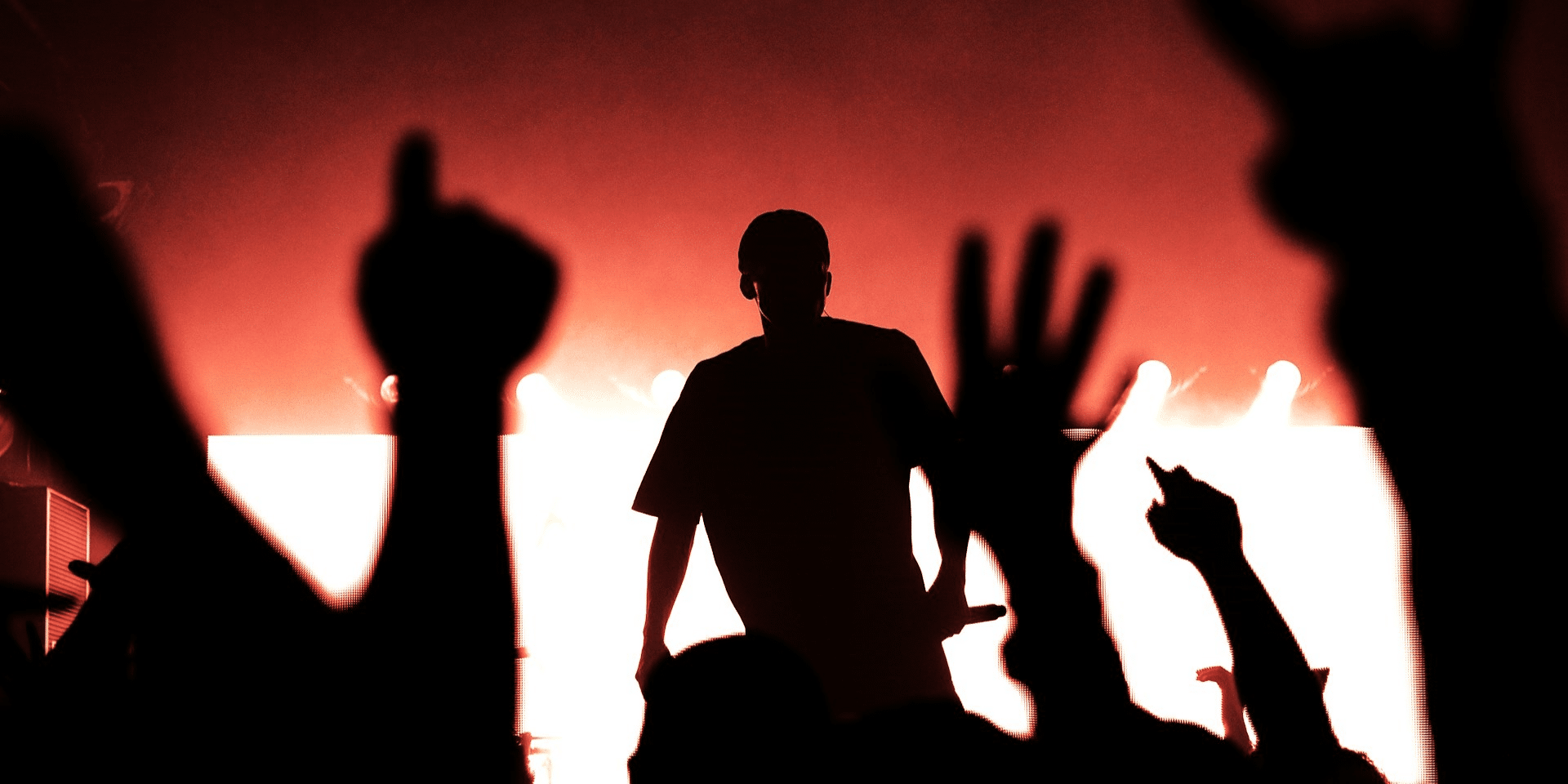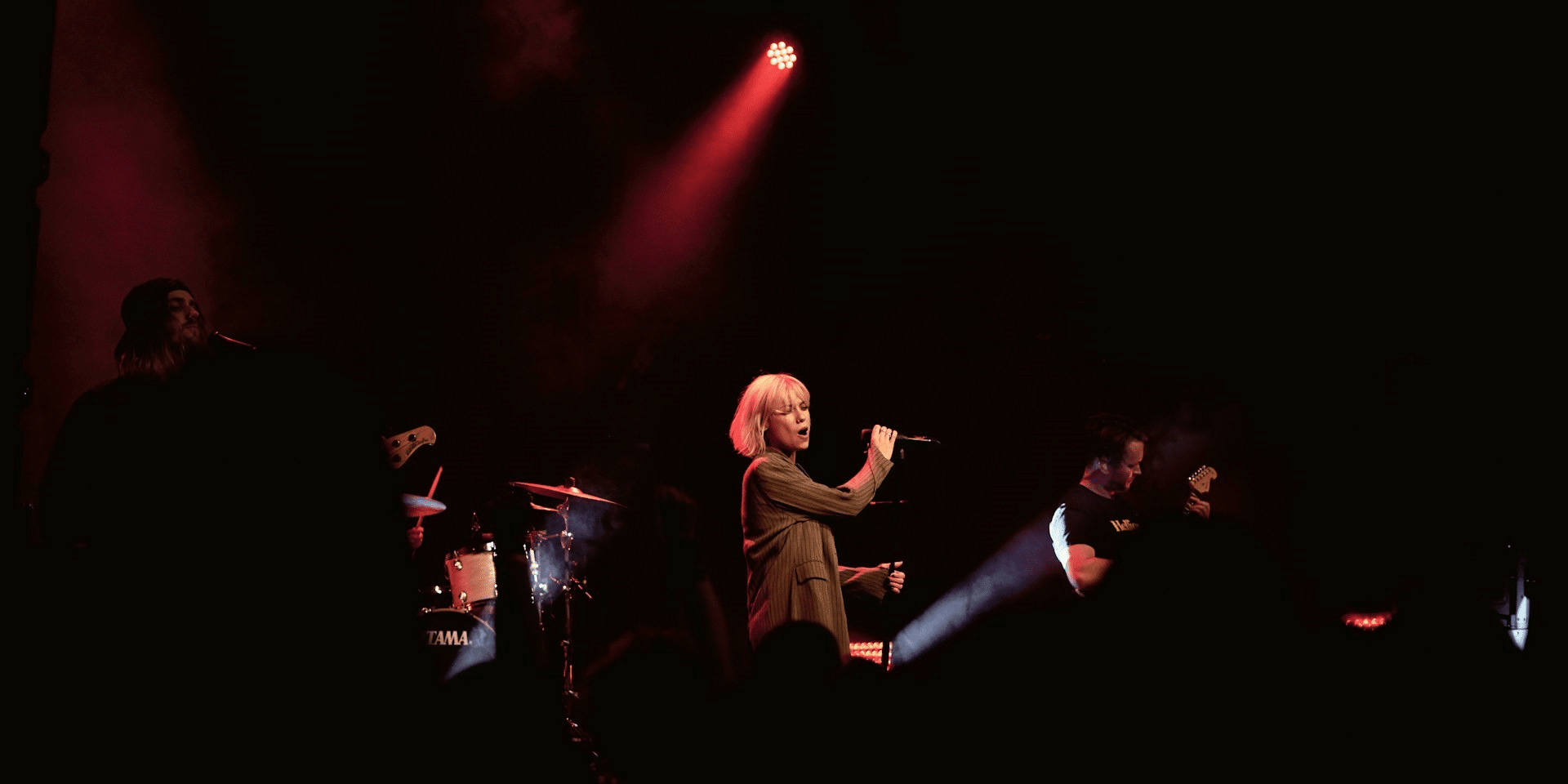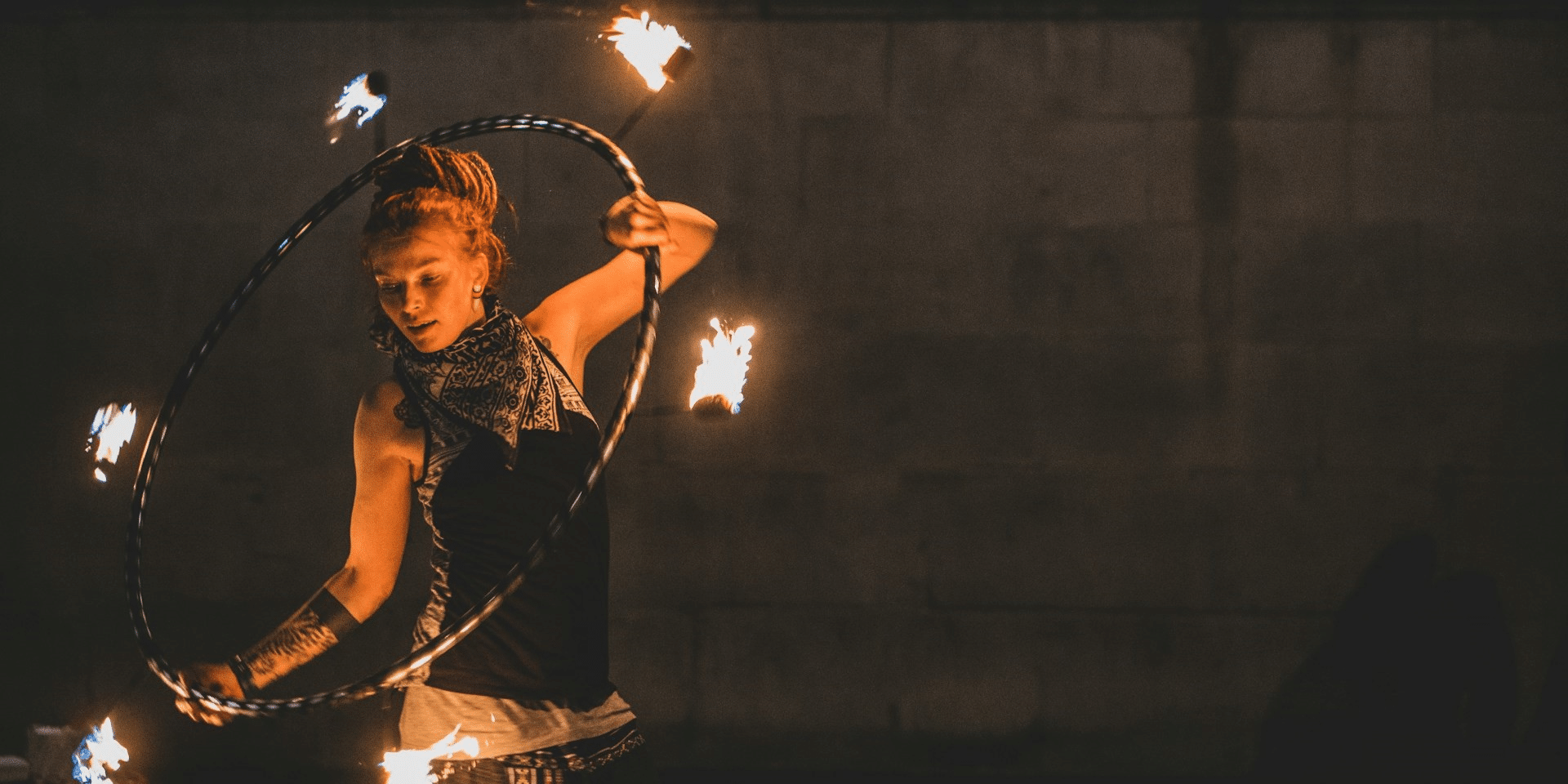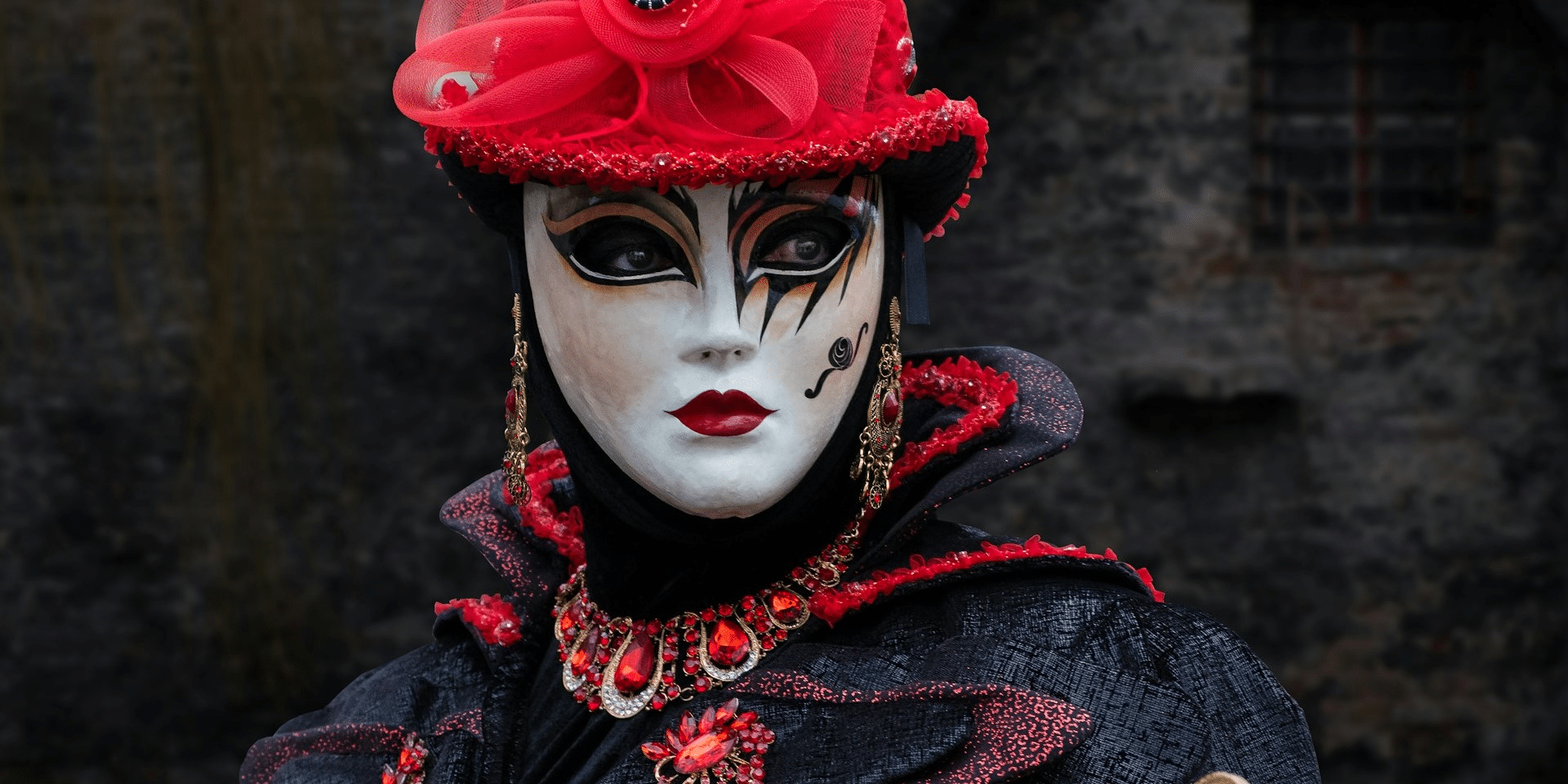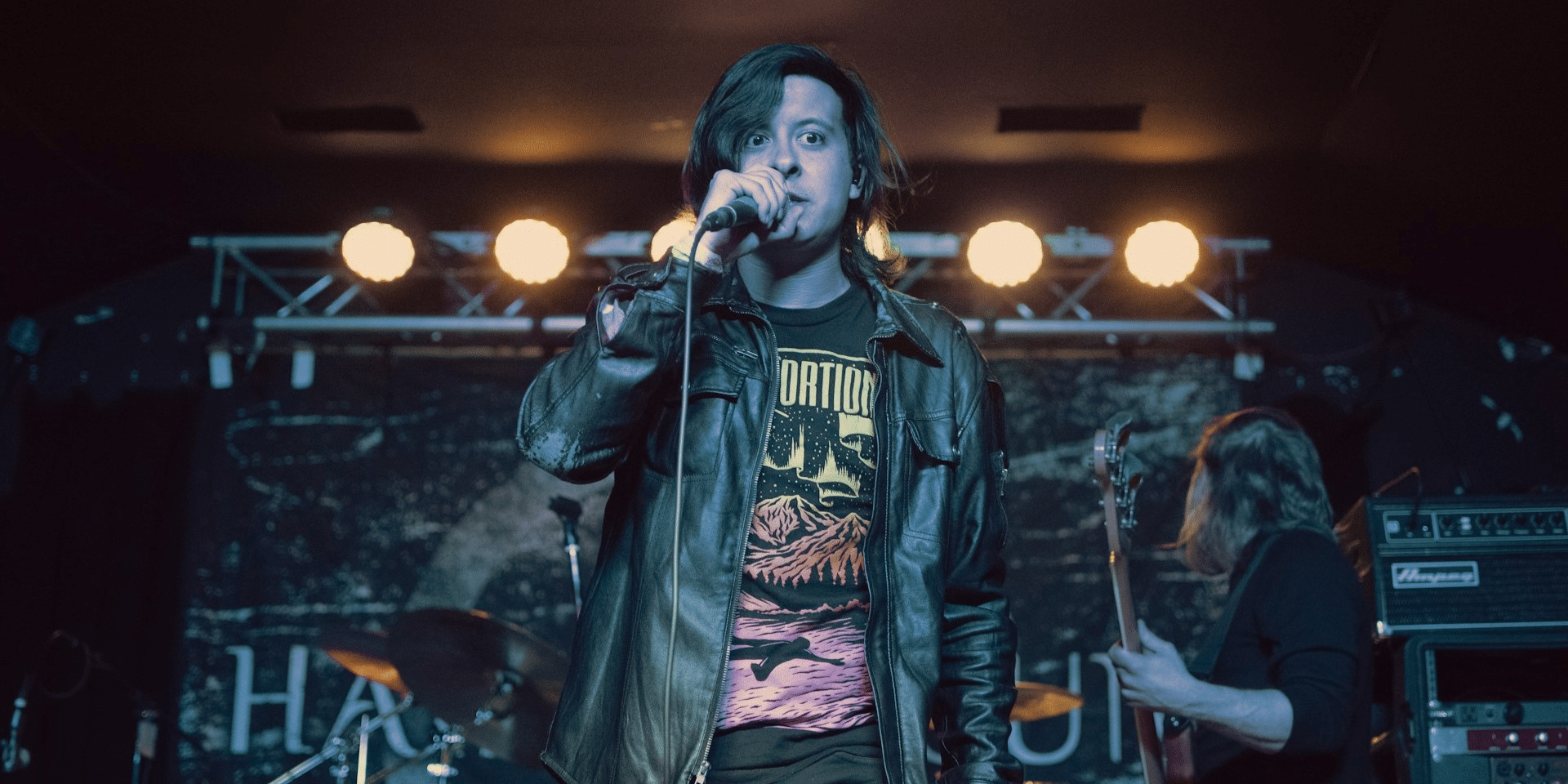Photography plays an integral role in documenting the music industry, capturing the energy and emotions of live performances and preserving the essence of artists in a timeless medium. Exhibitions that focus on concert photography and artist portraits offer a glimpse into the intimate and raw moments behind the music. This article explores key subtopics that make photography exhibitions based on artists and concerts so impactful, highlighting the importance of visual storytelling in the music world.
Documenting Live Performances
Concert photography captures the dynamic and energetic nature of live music performances. Through these photographs, viewers can experience the emotion and atmosphere of a concert, even if they were not present. Concert photographers often focus on the interplay between the artist, the audience, and the venue to tell a visual story of the event.
Exhibitions that focus on live performance photography bring these moments to life for a wider audience, allowing people to connect with their favorite artists and iconic performances in a new and personal way. Images of famous concerts, such as Woodstock 1969 or Live Aid, remain some of the most iconic representations of music history.
Famous Music Photographers
The world of concert photography has produced some famous photographers who are celebrated for their ability to capture legendary performances. Names like Annie Leibovitz, Jim Marshall, and Mick Rock stand out for their contributions to concert and artist photography. Exhibitions that showcase their work help preserve the cultural significance of the moments they’ve captured.
For example, Jim Marshall’s photography of Jimi Hendrix at Woodstock or The Rolling Stones on tour has become synonymous with the era’s rock and roll culture. These exhibitions allow fans to see behind the lens and understand the impact of the photographer in shaping how the world perceives music icons.
Iconic Concert Photography
Iconic concert photographs often capture moments that go beyond the performance itself. They highlight the spirit of the time, the culture, and the energy of the audience. Whether it’s Freddie Mercury’s powerful stance at Wembley Stadium or Kurt Cobain smashing his guitar at Reading Festival, these images encapsulate the raw emotion of the moment.
Photography exhibitions that focus on these iconic shots create an immersive experience, offering fans a chance to witness the most legendary performances in music history, curated through the eyes of the photographers who were there.
Visual Storytelling
Photography exhibitions that focus on music artists and concerts are powerful examples of visual storytelling. By carefully selecting moments of peak intensity, photographers tell a narrative that goes beyond the auditory experience of music. They show the intensity of a performance, the connection between the artist and audience, and the behind-the-scenes interactions that fans rarely see.
For many artists, these photographs are an extension of their brand and persona. Exhibitions that showcase such work allow viewers to understand the complex dynamics of performance, fame, and artistic identity through a visual medium.
Behind-the-Scenes Access
Concert photography doesn’t just stop at the stage; behind-the-scenes access provides fans with intimate glimpses of their favorite artists preparing for performances, unwinding backstage, or interacting with their crews. Exhibitions that include backstage shots help complete the narrative by showing a different side of the artist, capturing their vulnerability, focus, and preparation before going on stage.
Collaborations with Artists
Many concert photographers work closely with artists, leading to a deep collaboration that influences the imagery surrounding an artist’s brand. These collaborations are often showcased in photography exhibitions where fans can see the unique connection between photographer and performer.
For instance, Mick Rock’s long-standing collaboration with David Bowie resulted in some of the most iconic images of Bowie’s career, especially during his Ziggy Stardust era. Exhibitions that highlight these collaborations often delve into the creative process shared by the photographer and the artist, offering a new perspective on how these images come to life.
Photographic Techniques in Concerts
Photographing concerts requires specialized skills and techniques to capture the fast-moving action and dramatic lighting of live performances. Low-light photography, fast shutter speeds, and an understanding of how to frame dynamic movements are crucial for capturing the perfect shot. Photography exhibitions focused on concert imagery often highlight the techniques and gear used by photographers to create visually stunning images.
These exhibitions can educate fans on the art of concert photography while giving photographers a platform to showcase their technical mastery in difficult shooting environments.
Impact of Social Media
The role of photography in the music industry has expanded with the advent of social media. Today, photographers share their concert shots on platforms like Instagram, reaching millions of fans almost instantly. This has changed the way concert photography is consumed and has turned many photographers into influencers in their own right.
Photography exhibitions often address the evolving nature of concert photography in the digital age, showing how photographers balance the art of capturing iconic moments with the immediacy and virality of social media platforms.
Photography exhibitions based on artists and concerts offer a unique window into the world of music, providing fans with an intimate and dynamic view of their favorite performances and performers. Through visual storytelling, famous music photographers, and the evolving role of social media, concert photography continues to influence how we experience and remember music. These exhibitions not only celebrate the artistry of photographers but also immortalize the cultural impact of live music performances.


